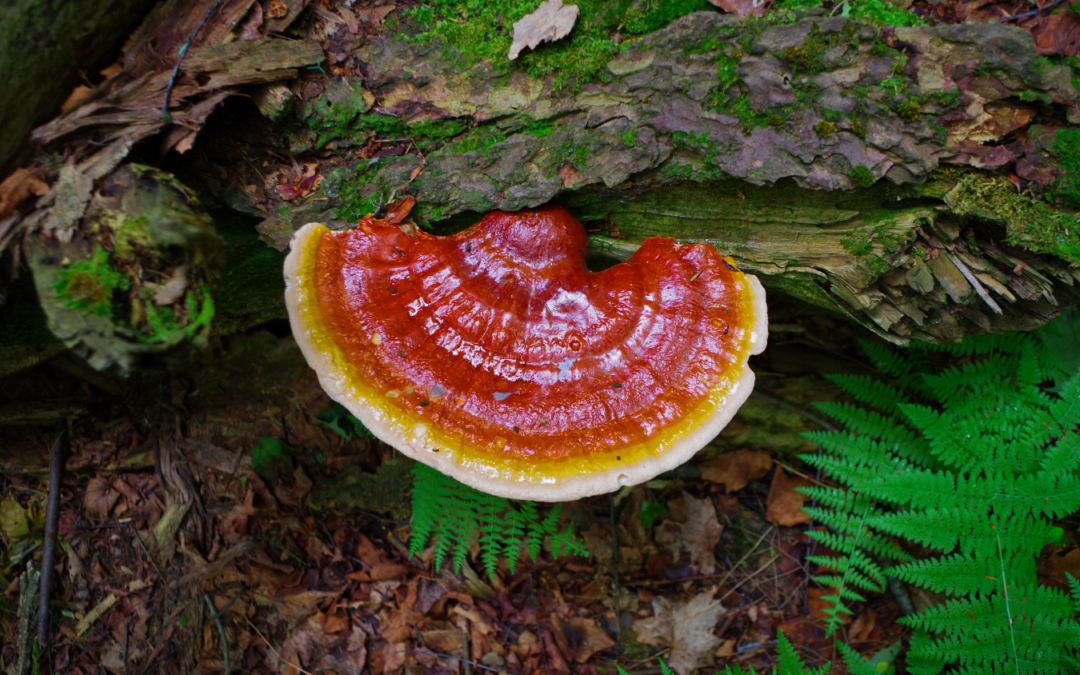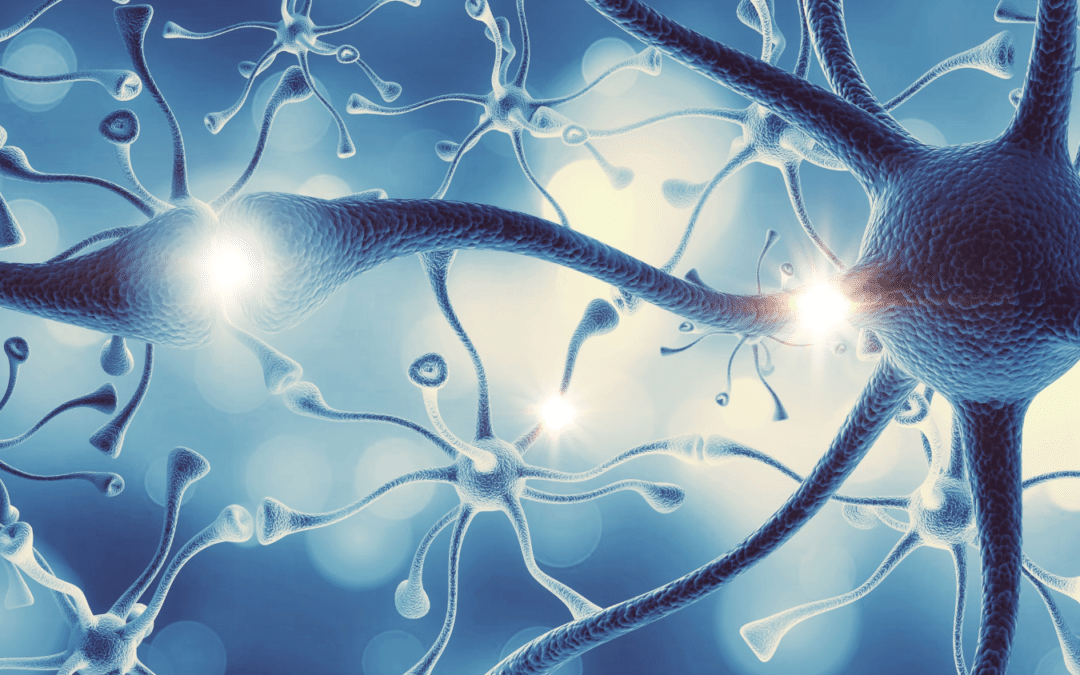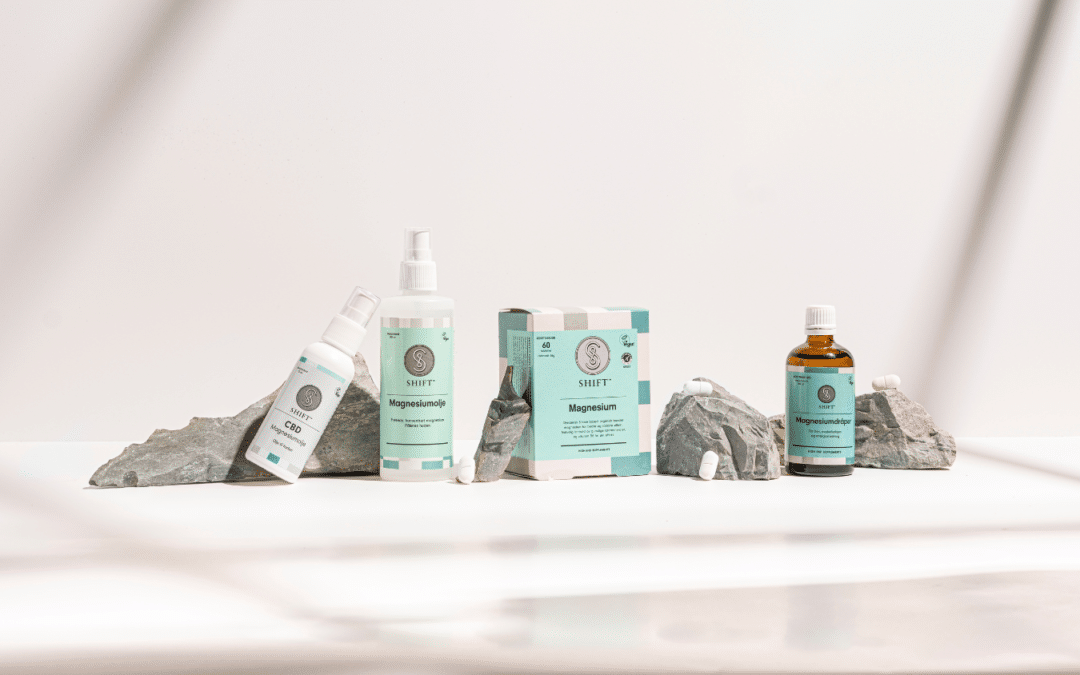Joint pain is a common but complex condition that can be experienced by people of all ages to varying degrees, and is often accompanied by limited mobility that restricts daily activities and reduces quality of life. A common denominator for joint pain is the presence of inflammatory conditions due to the local release of pro-inflammatory cytokines.
Causes of joint pain
Joint pain and discomfort can be caused by a number of factors, and it is important to determine the underlying cause in order to provide the right treatment. Some common causes include:
- Age and wear and tear: Older people are more prone to joint pain due to natural wear and tear of the joints over time.
- Inflammation: Joint inflammation, as in the case of rheumatoid arthritis or lupus, can cause severe joint pain.
- Overuse: Repetitive use of certain joints, as in the case of athletes or people with physically demanding jobs, can lead to joint pain.
- Infection: Bacterial or viral infections can lead to inflammation of the joints and thus pain.
- Autoimmune diseases: Diseases such as arthritis and arthritis-like conditions can lead to chronic joint pain.
- Metabolic disorders: Conditions such as gout can lead to acute joint pain, usually in the form of gout (painful inflammation of the big toe).
- Genetic factors: Some people may be genetically predisposed to joint pain and certain joint diseases.
The causes of joint pain can be many and varied, and very individual from person to person.
Symptoms of joint problems
Joint pain can manifest itself in different ways depending on the cause and severity. Typical symptoms are:
- Pain: This is the most obvious symptom and the pain can be constant, sharp, aching or pulsating.
- Swelling: Inflammation of the joint can lead to swelling and tenderness around the affected area.
- Stiffness: Joint stiffness, especially in the morning or after prolonged periods of inactivity, is common.
- Reduced movement: Pain and stiffness can limit the range of motion in the joint, which can affect daily activities.
How can you reduce joint pain?
Joint pain is often relieved with painkillers, but there are also natural substances that can help to relieve joint pain and maintain healthy and flexible joints. Palmitoylethanolamide (PEA, Levagen®+), chondroitin, curcumin and rosehip extract are among such active and natural raw materials.
Natural relief from joint pain
PEA is a fatty acid derivative that has been shown in a number of studies to have anti-inflammatory and analgesic properties by downregulating a number of different inflammatory processes in the body. In addition, PEA supports the endocannabinoid system in the body, similar to the substance cannabidiol (CBD).
The PEA ingredient in SHIFT™ Joint, Levagen®+, has been studied in two randomized, double-blind, placebo-controlled trials in adults with joint pain and osteoarthritis symptoms. A rapid reduction in pain and stiffness was shown after daily intake of the recommended dosage of the raw material. Levagen®+ is combined with LipiSperse™ to achieve increased bioavailability in the body.
Chondroitin is an important component of articular cartilage and can maintain fluid and flexibility in the joints. It also preserves hyaluronic acid, which is part of the synovial fluid. The raw material Phytodroitin™ used in SHIFT™ Joint is of plant origin and contains carefully selected polysaccharide-rich algae extracts consisting of glucuronic acid and N-acetylglucosamine. Phytodroitin™ is a vegan alternative to chondroitin, which is typically sourced from shark cartilage, which is unsustainable.










